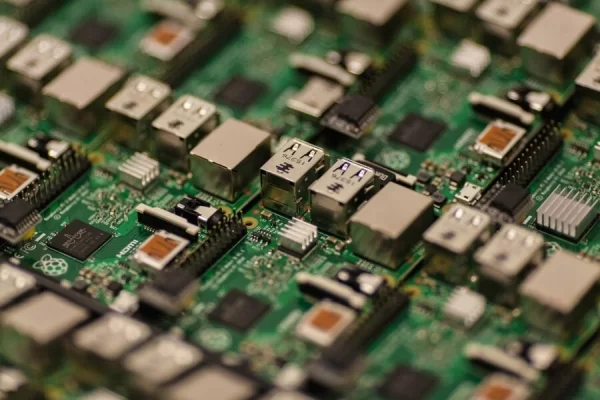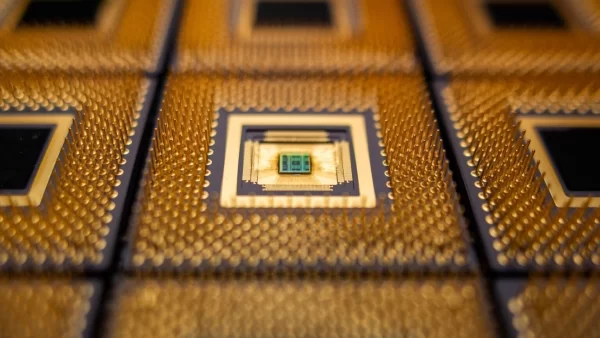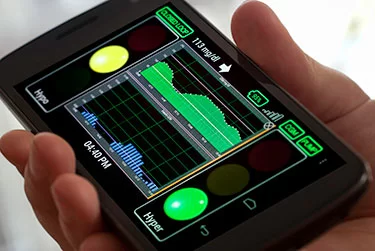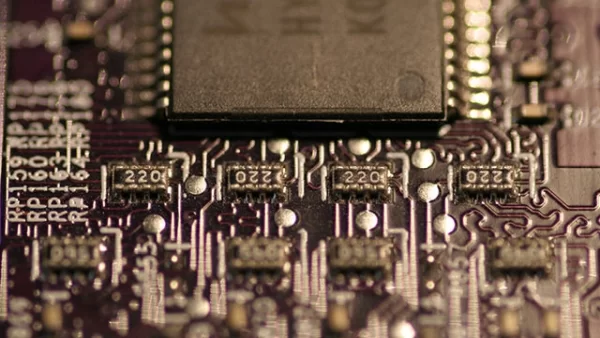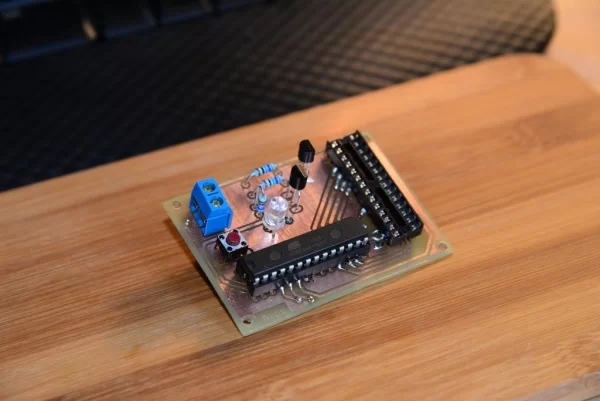New Software Promises to Radically Simplify Chip Design
In 1975, Intel founder Gordon Moore predicted that the number of transistors on a single microchip would double every two years. He was right: silicon wafers that in the 1970s held just a few thousand transistors now routinely contain tens of billions of components. That makes chip design an extraordinarily complex and costly process, with […]
New Software Promises to Radically Simplify Chip Design Read More »



